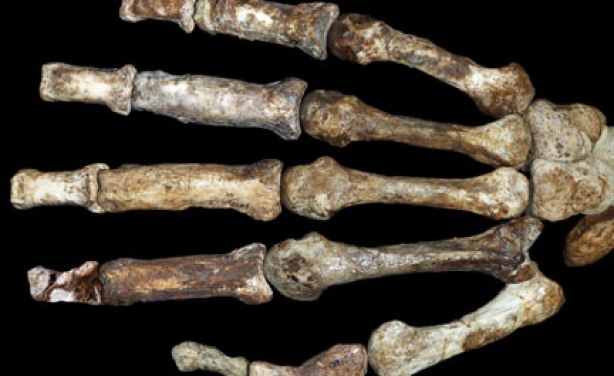
Sediba's hand is unique because it has shortened fingers and a very long thumb, but at the same time very powerful muscles for grasping, making it a hand capable of tool manufacture and use, but still able to climb.

Sediba's hand is unique because it has shortened fingers and a very long thumb, but at the same time very powerful muscles for grasping, making it a hand capable of tool manufacture and use, but still able to climb.
AllAfrica publishes around 400 reports a day from more than 100 news organizations and over 500 other institutions and individuals, representing a diversity of positions on every topic. We publish news and views ranging from vigorous opponents of governments to government publications and spokespersons. Publishers named above each report are responsible for their own content, which AllAfrica does not have the legal right to edit or correct.
Articles and commentaries that identify allAfrica.com as the publisher are produced or commissioned by AllAfrica. To address comments or complaints, please Contact us.